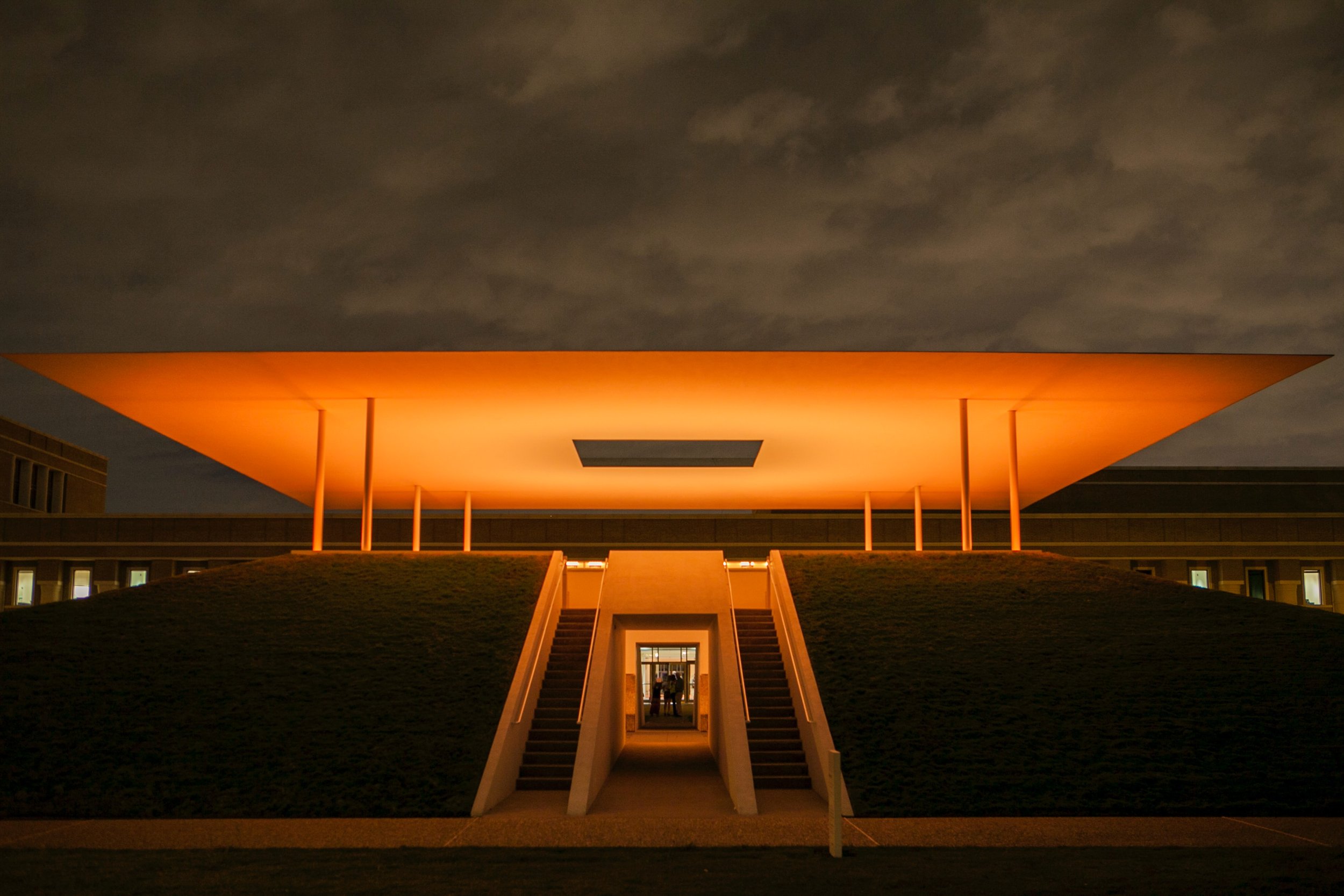Eat More Art.
Do you feel overwhelmed when you hear the word “art”? Do you immediately conjure up images of fancy auctions where people pay millions of dollars for a single painting? Do you think you can’t own original art? Are you intimidated by galleries and the art world in general? Do you imagine Monet, Banksy, or a velvet painting of dogs playing poker? And what the heck are these people talking about when they start throwing around words like medium, multiples, artists proof or open edition?
Unraveling some of these terms can feel daunting. This quick cheater menu will in no way cover everything there is to know. However, you should come away with a few pointers to help you look like a seasoned collector, even if the only thing you’ve collected so far is your child’s art.
Here’s What’s on the Starter Menu
Medium:
This refers to the substance the artist uses to create the art. For example you may have heard the phrases “Oil on canvas” or “Ink on paper,” this is the medium of the art—aka, the materials used. Medium can be anything that is used in the creation of art; for James Turrell, an artist famous for his large scale installations - his medium is “Pure light”.
That Dali inspired portrait your niece made of you? Her medium is “Crayon on paper bag.”
Originals:
This is pretty straight forward. It’s a one and only, aptly named “original.” It doesn’t matter what medium, it could be a painting, sculpture or photograph, it’s the first and only. For example, with photographs, the original is considered the first printing from the original negative. Paintings are considered original when the details are different from one painting to the next. They can be similar, however there must be a clear difference in the subject, color and scenery of the painting.
Michelangelo | Photo by Adrianna geo on Unsplash
Okay, so we’ve established that there is only one original. Then how do we get our hands on a piece of art if there’s only one and someone else owns it?
Editions:
An edition is a copy or replica of an original work of art, made from a master. It most often refers to prints made from the same printing surface, but it can also refer to other mediums. Prints in an edition will typically be signed, numbered and dated by the artist. Numbered means that there is a limited number of prints that will be produced for this edition. It is indicated by a fraction, such as 1/50, 2/50, etc. The first number represents the order it was printed and the second number represents the total number of prints in the edition. So 1/50 is the first print in an edition of 50. The important thing is the artist provides a signature and numbering to show the prints are approved and exactly how many prints are approved.
Proof:
With numbered editions, there are often several proof prints that are created at the same time. These are identical to the edition and produced for review and proofing. Those prints produced for the artist to review are marked ‘AP’ (artist’s proof), those for the printer or publisher ‘PP’ (printer’s proof). ‘Bon à tirer’ (good to print), is another mark that may be found on a proof print which serves as a standards guide for the printer.
Multiples:
Multiples is a word that is sometimes used interchangeably with editions. However it’s more commonly used to refer to 3 dimensional artwork such as a sculpture or art object. You’ve probably seen an image of Keff Koons Balloon Dog Blue sculpture. (Just for fun, his medium for the Balloon Dog is “Mirror-finished stainless steel with a translucent coating of color paint.”) The original Balloon Dog Blue is close to 10 feet tall and was commissioned by the Broad Museum, where it is currently on exhibit. There is only one original Balloon Dog Blue. However in 2021, Koons released a limited edition multiple of his famous canine. There were 799 Balloon Dog Blue’s created in the series, all of which were signed and numbered.
Open Edition:
Unlike the limited edition multiple, this is produced in unlimited quantities—open ended. These pieces are typically unnumbered and unsigned. If you’ve been to a museum and purchased a poster of Van Gogh’s Sunflowers, or Starry Night, then you own an open edition. This concept can also apply to art objects and sculpture. I’m obsessed with Yayoi Kusama’s work. Her images and sculptures are fanciful and thoughtful in just the right measures. An original is out of the question, there is no alternate universe where I could adjust my budget to allow for an original Kusama. However, open editions are within reach. So while I may have to continue to daydream of a giant Kusama sculpture gracing my front yard, I can delight in the whimsical pumpkin that fits in the palm of my hand.
Ok; Now What?
As with any good appetizer this is just meant to get you started. The world of art is a true buffet of delights for the senses. By no means is a list of art lingo meant to satiate you. I’m guessing it just leaves you with more questions.
Where do I find art?
What art should I buy?
How do I display it?
So many questions. And the simple answers are:
Where? Everywhere.
What? Purchase what speaks to you.
How? Anywhere that feels right.
The next few blog posts will tackle these questions in more detail. We’ll discuss artspeak and where to find your style, the emotional aspect of purchasing pieces that speak to you and the technical bits about how to hang and display your treasures. And if you can’t wait for the posts, I’m always here to help.
In the meantime…eat more art. It’s good for the soul.


